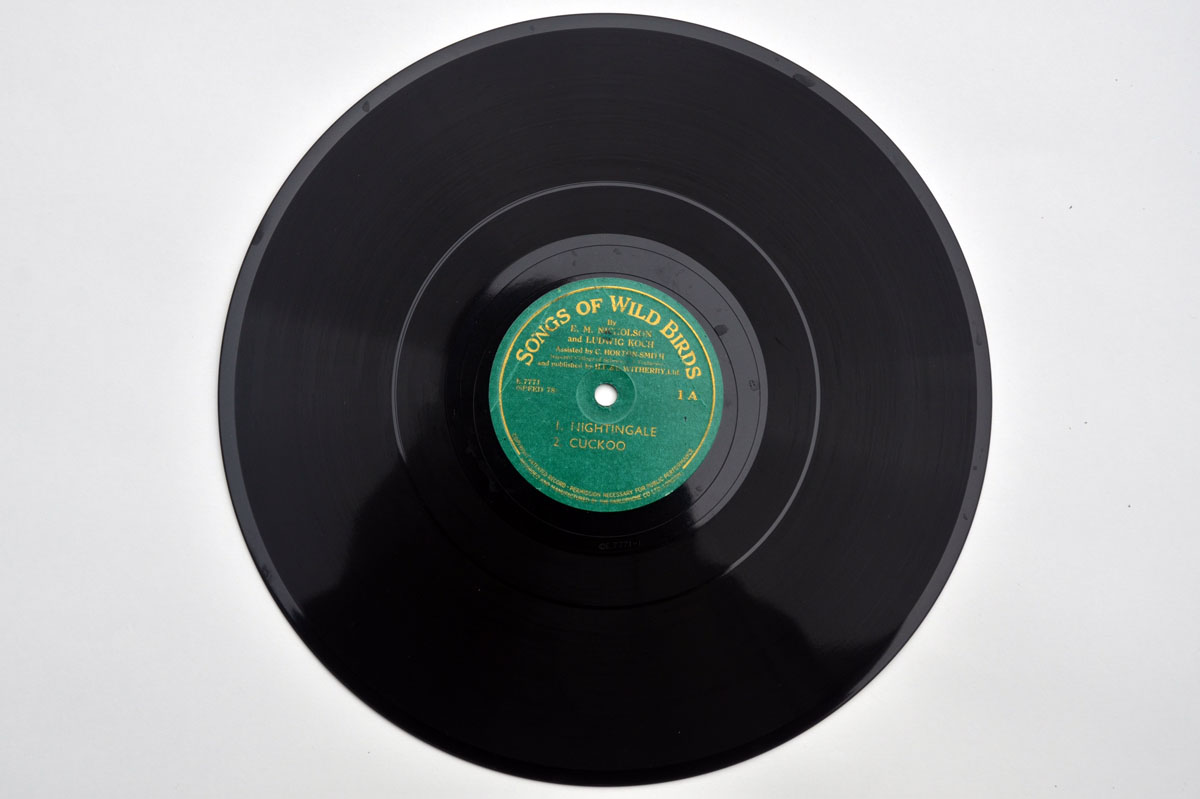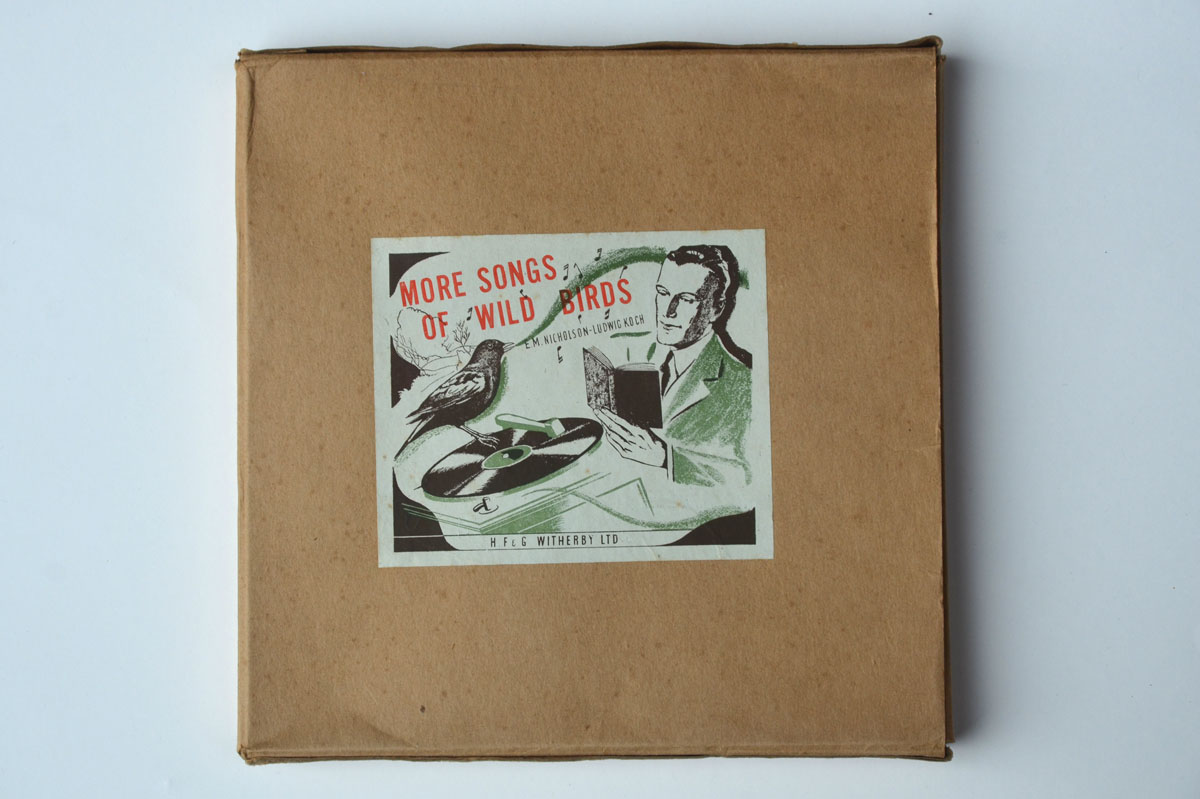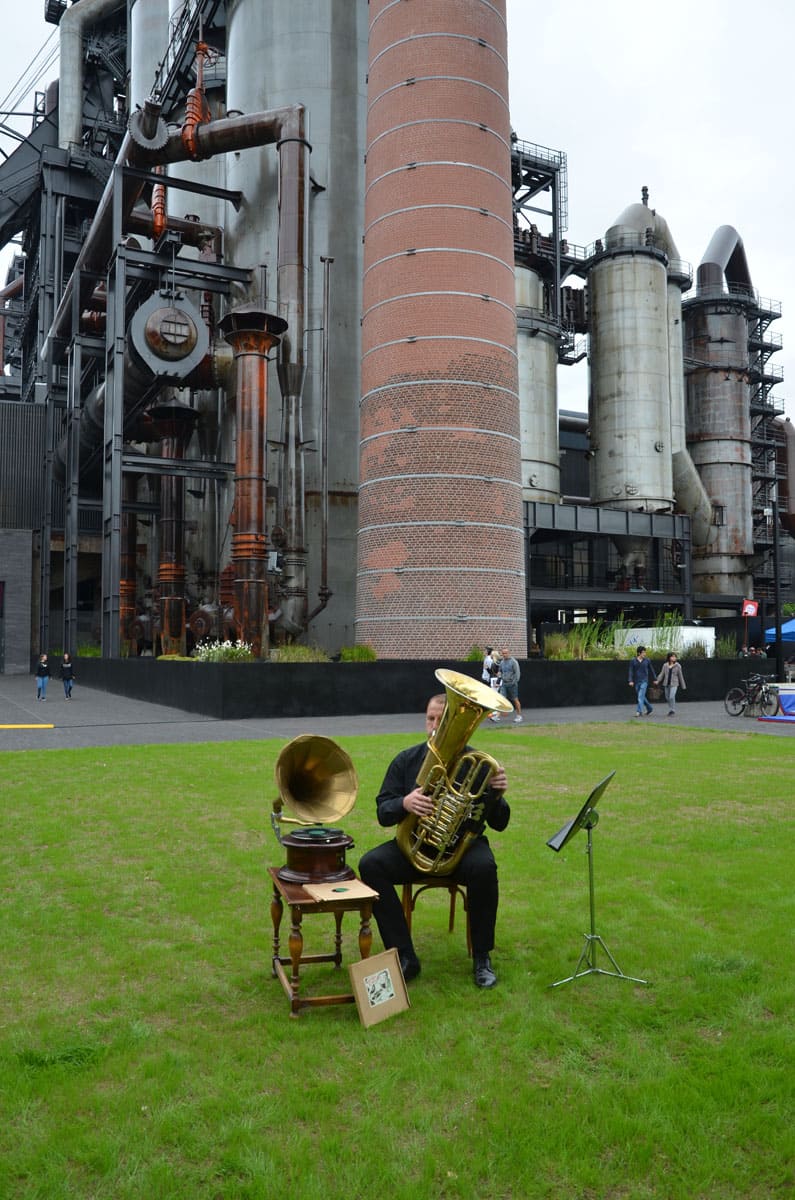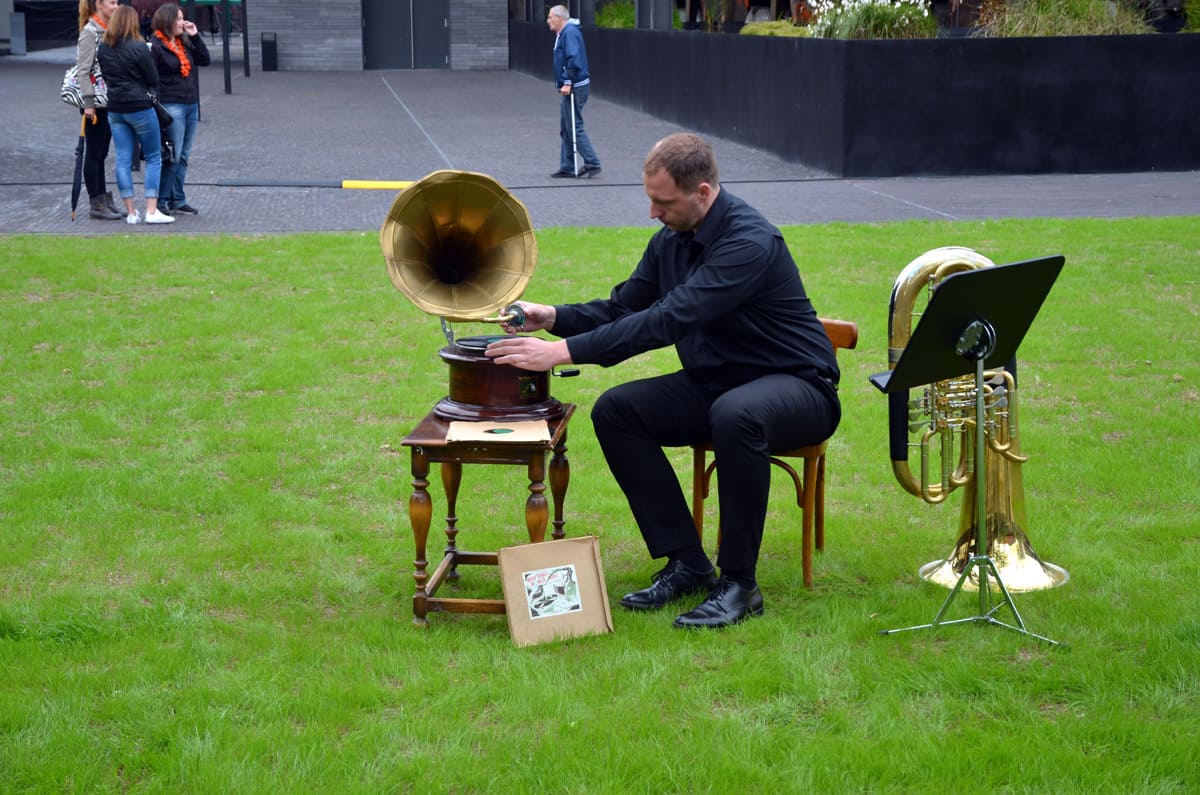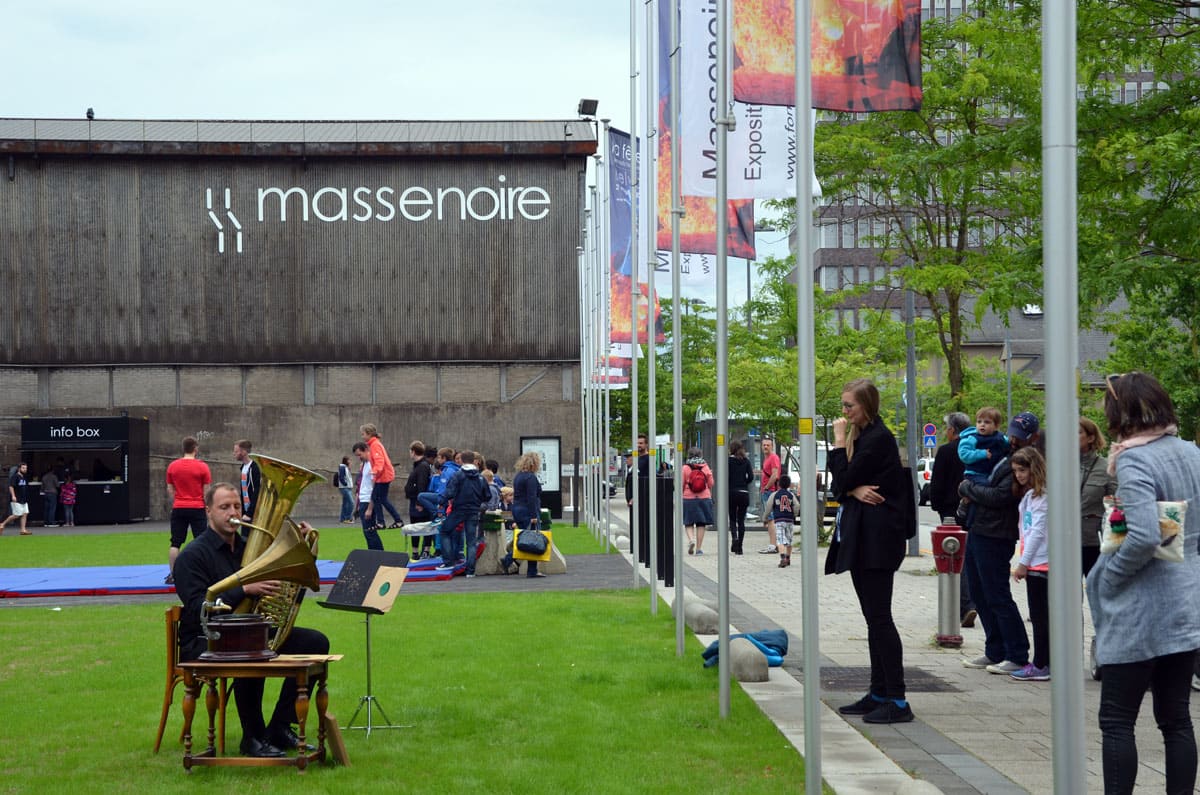Songs of wild birds and melodies of Alejandro Maura.
The once loud and dirty Belval blast furnace is now a silent remnant of its former self. Lacquer protects its metal walls, keeps them clean and shiny. Walking through the industrial assemblage, I often thought about its resemblance to wind instruments—organs, trombones, and, of course, the tuba.
The Belval site, in its transformation into a living area, had to be cleaned of residual chemicals and poisonous metals in the ground. They first stripped a layer of toxic soil, then filled the remaining hole with concrete and finally topped it again with a layer of earth. Since the layer of good earth is not deep, it is impossible to plant big trees. Their roots would crack the concrete. There's still not a lot of green in Belval. It's not a suitable place for a bird to start building a nest for its family. In some buildings, the sounds of predator bird calls are installed to scare off the tinier ones who could otherwise nest and shit on the clean metal.
In a shop in Berlin, where they solely sell shellac records, I found two boxes of bird song field recordings called, “Songs of Wild Birds,” and “More Songs of Wild Birds.” The recordings were made in England in 1942. The boxes contain nine records and a small, 104-page book. In the book you can find pictures of how the recordings and the records themselves were made, as well as a text describing the birds and what they sing. I bought this lovely collection partly because I like birds—I worked with bird songs and the bird as a musician in previous compositions—and partly because I wanted to bring some singing birds to Belval by setting up a "His Master's Voice" gramophone in public space.
One day a company came to build scaffolding around the future library just opposite my studio. I suddenly heard one of their workers whistling like a bird. He did not whistle recognizable melodies from songs but invented his own. I secretly started to make audio recordings of him. After a couple of days I asked him if I could make a recording of him in my studio. I wanted to record him without the disturbing background noises. He, Alejandro Maura, was happily surprised and said yes.
The recordings of Alejandro's whistling became the score for the tuba. I asked Ansis Nikolovskis, the tuba player, to imitate Alejandro Maura. During his performance at several different public locations, the wild birds on record performed as his background musicians.
Three sides of the original shellac records, containing a variety of bird songs from different environments, are combined with the melodies of Alejandro Maura as performed on the tuba. They can be heard on side D of this compilation.
